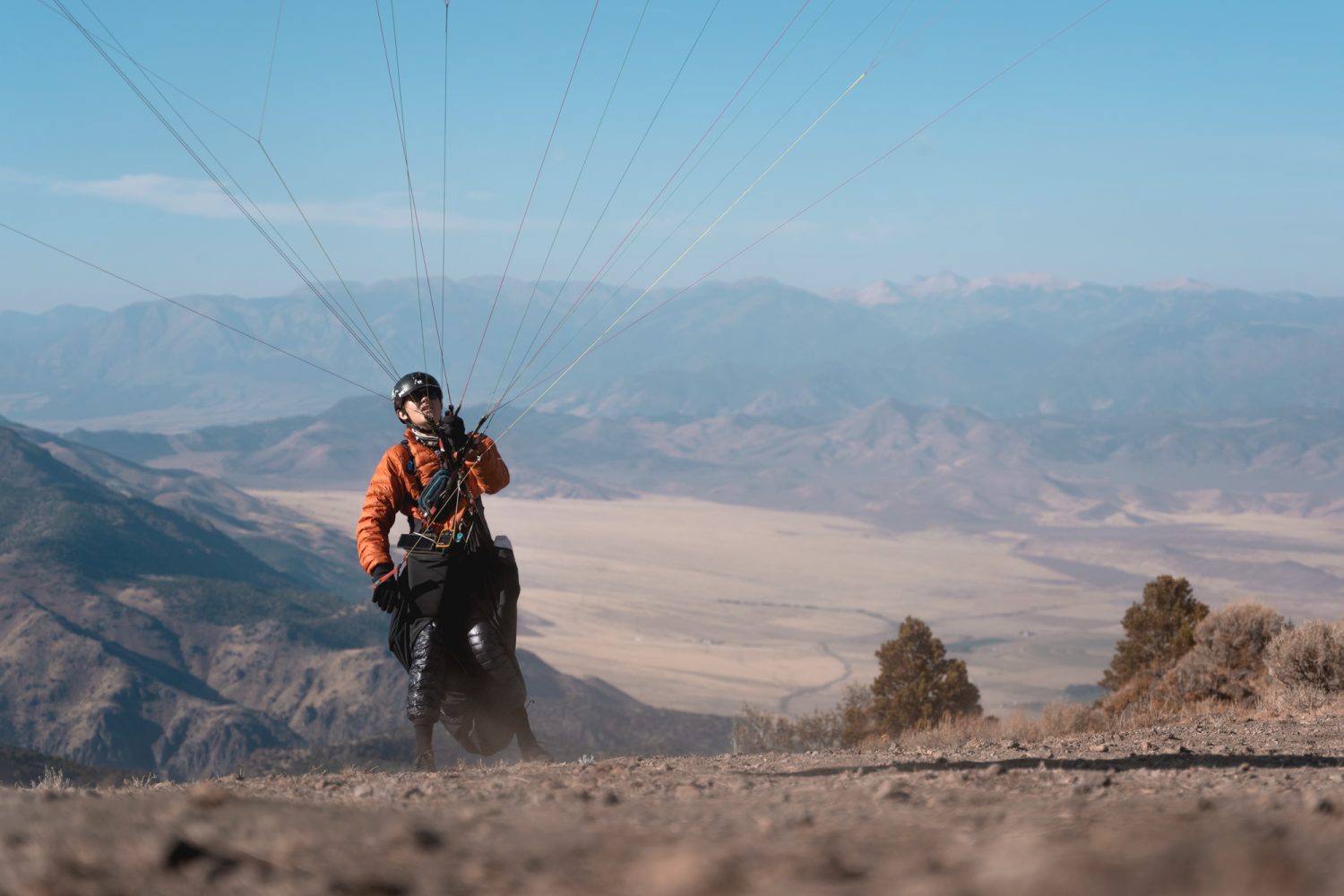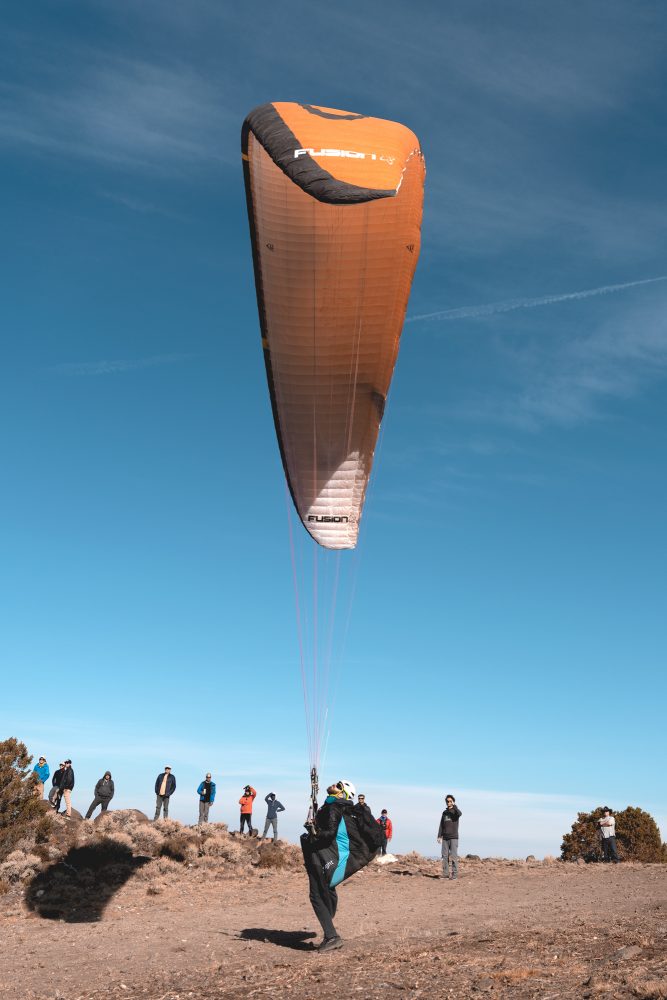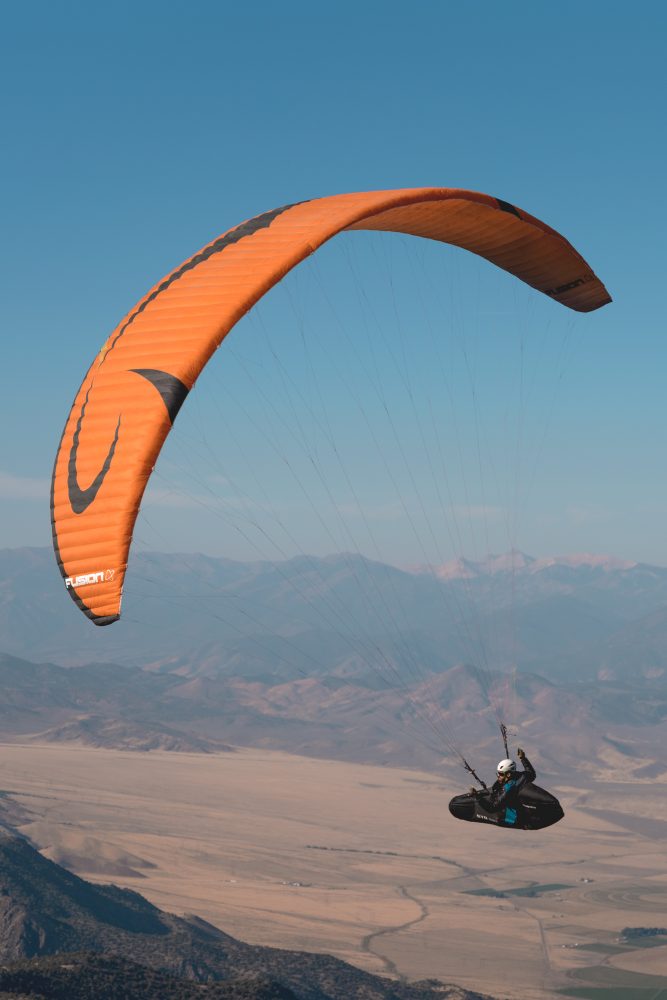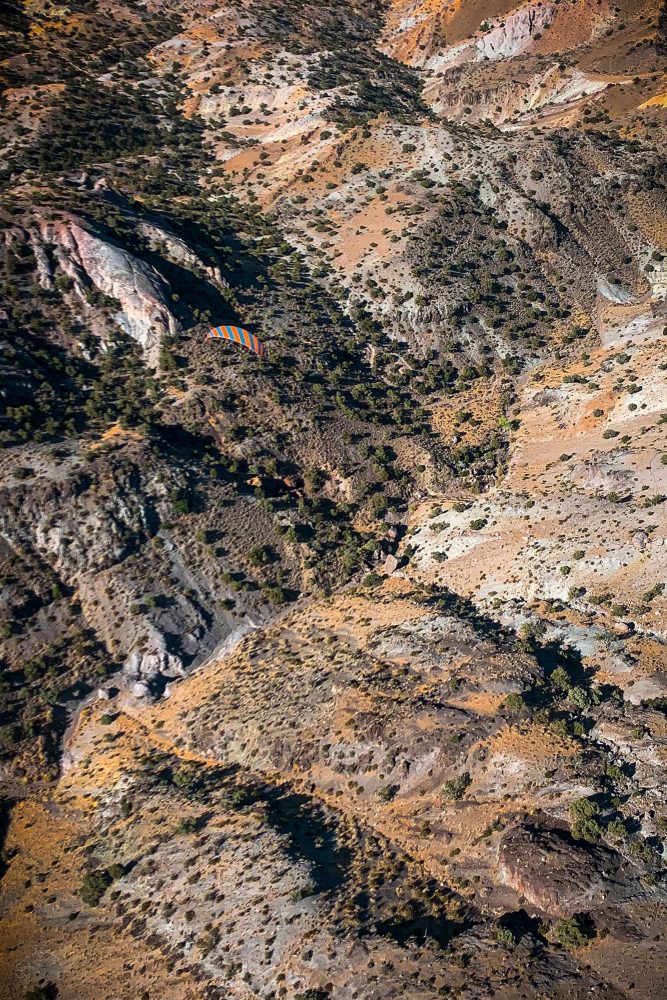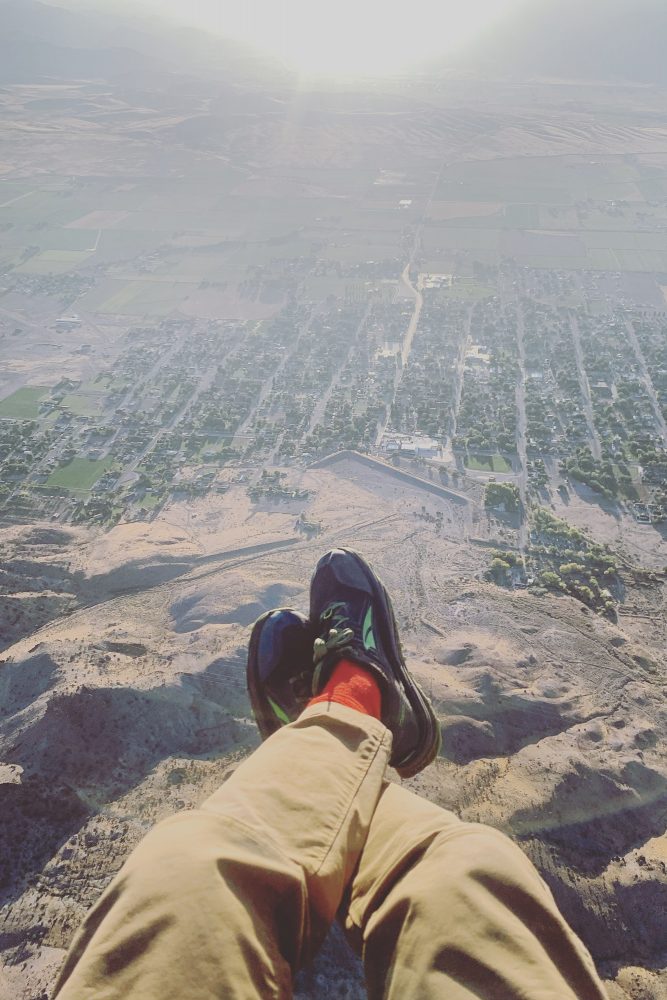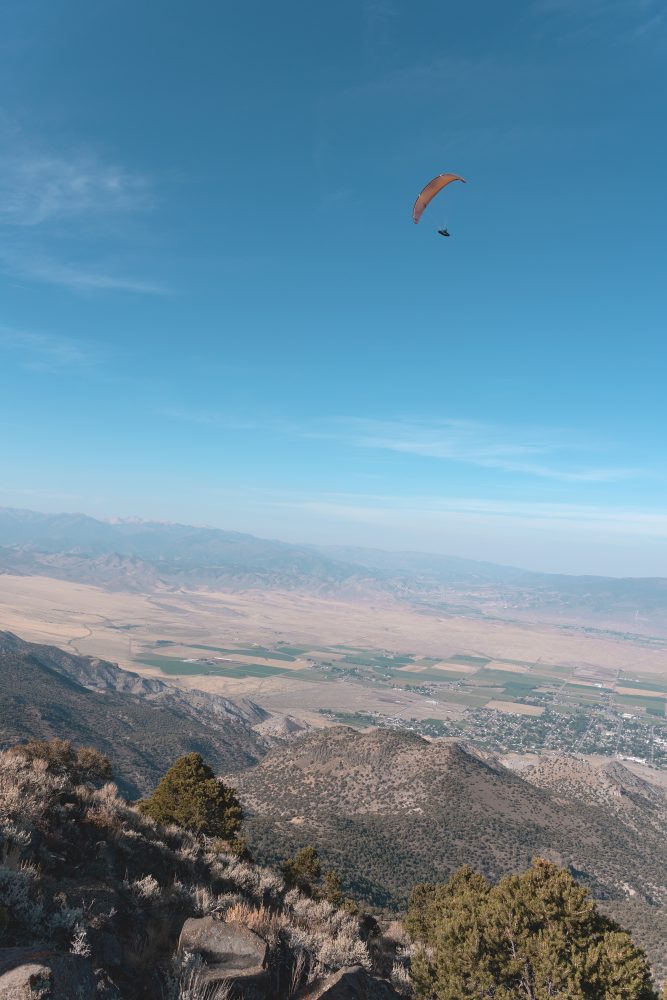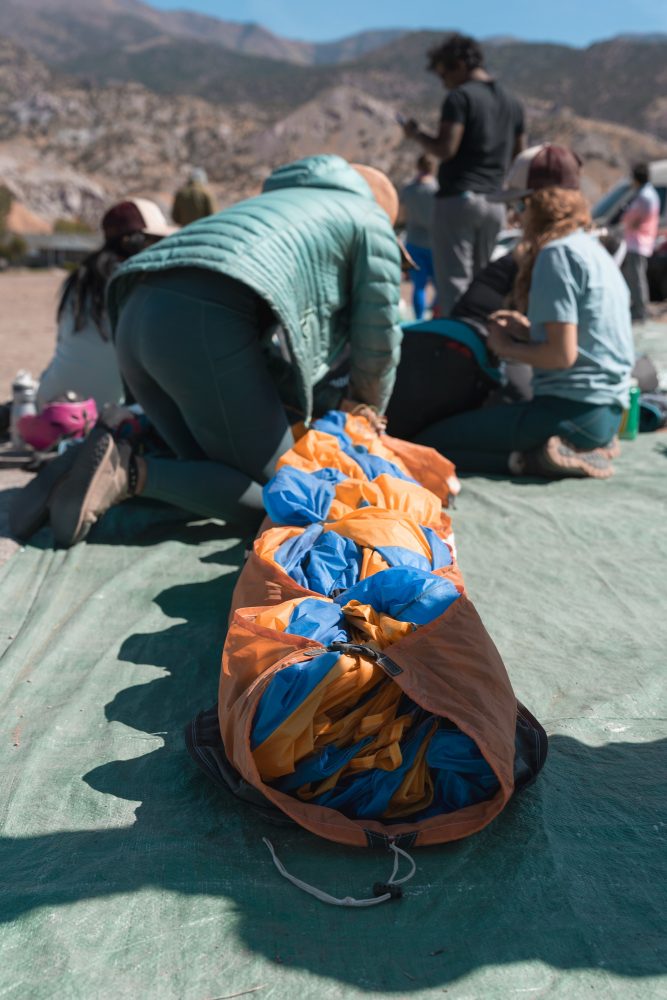We found ourselves rolling down I-70 at 85 mph, the dusk slowly descending on the valley like a blanket from the sky. As we pulled up to the house in Monroe, our friend Sarah greeted us warmly and showed us where we’d be spending the next week. We made this journey, a tiring eight-hour drive from Denver, for the chance to fly one of the highest paragliding sites in North America: Monroe Peak. But this high-desert mountain environment doesn’t give up its most rarefied summits so easily, at least not to paragliders. However, soaring with the hawks and eagles is worth the effort.
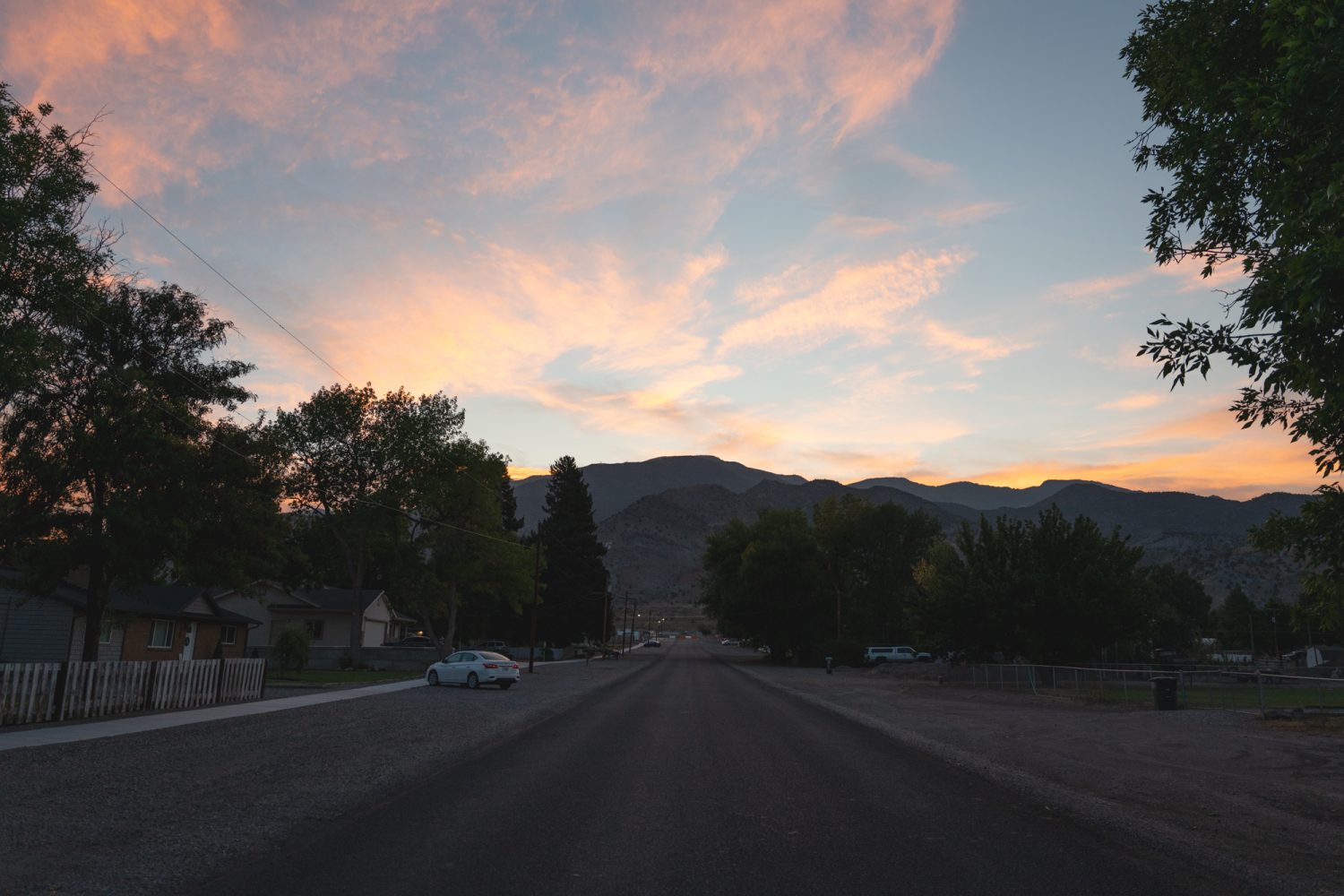
The sun lit up high-level clouds, like fire in the sky on our first morning in Monroe. Assembling our substantial crew in the LZ (landing zone), everyone loaded their equipment into a convoy of trucks, ready to make the 3,000-foot climb to the Cove launch summit, high above the sleepy town.
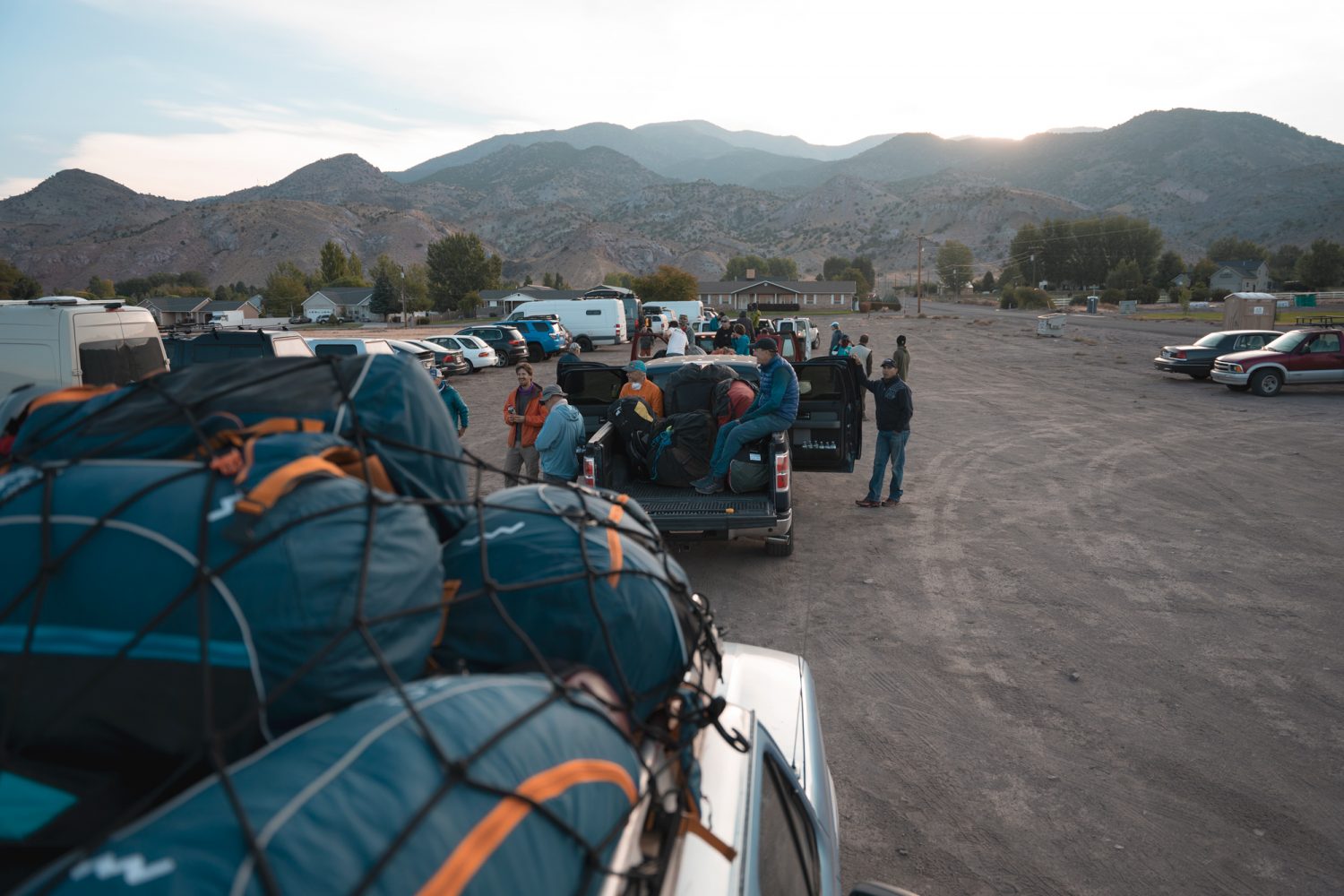
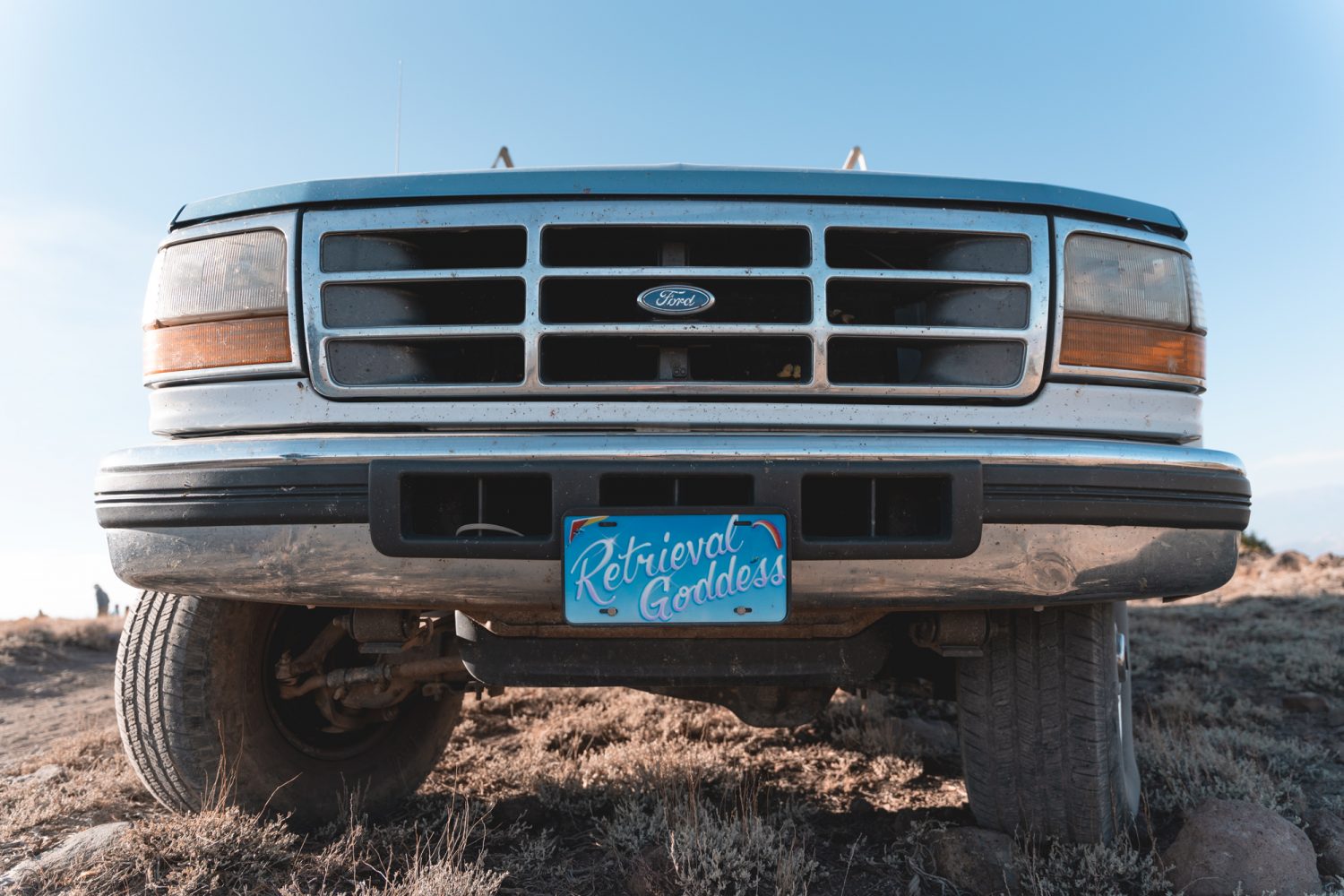
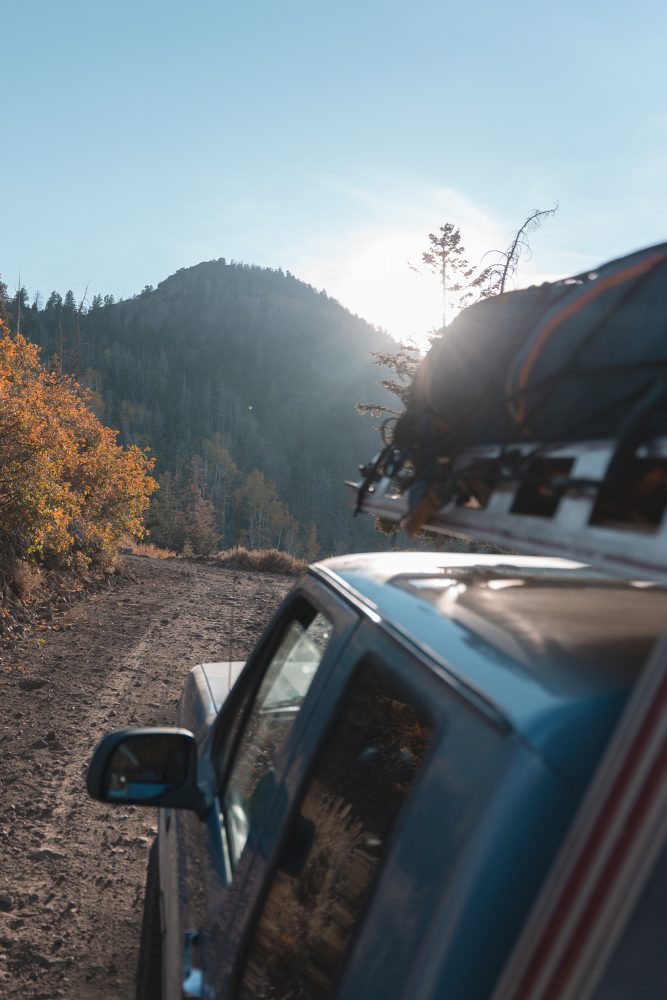

The 20-year-old diesel F-250 carried 17 of us up the mountain without missing a beat, and when we arrived on the launch, many hands made light work of unloading the vehicles. We then began the process of assessing flying conditions, a crucial part of this endeavor.
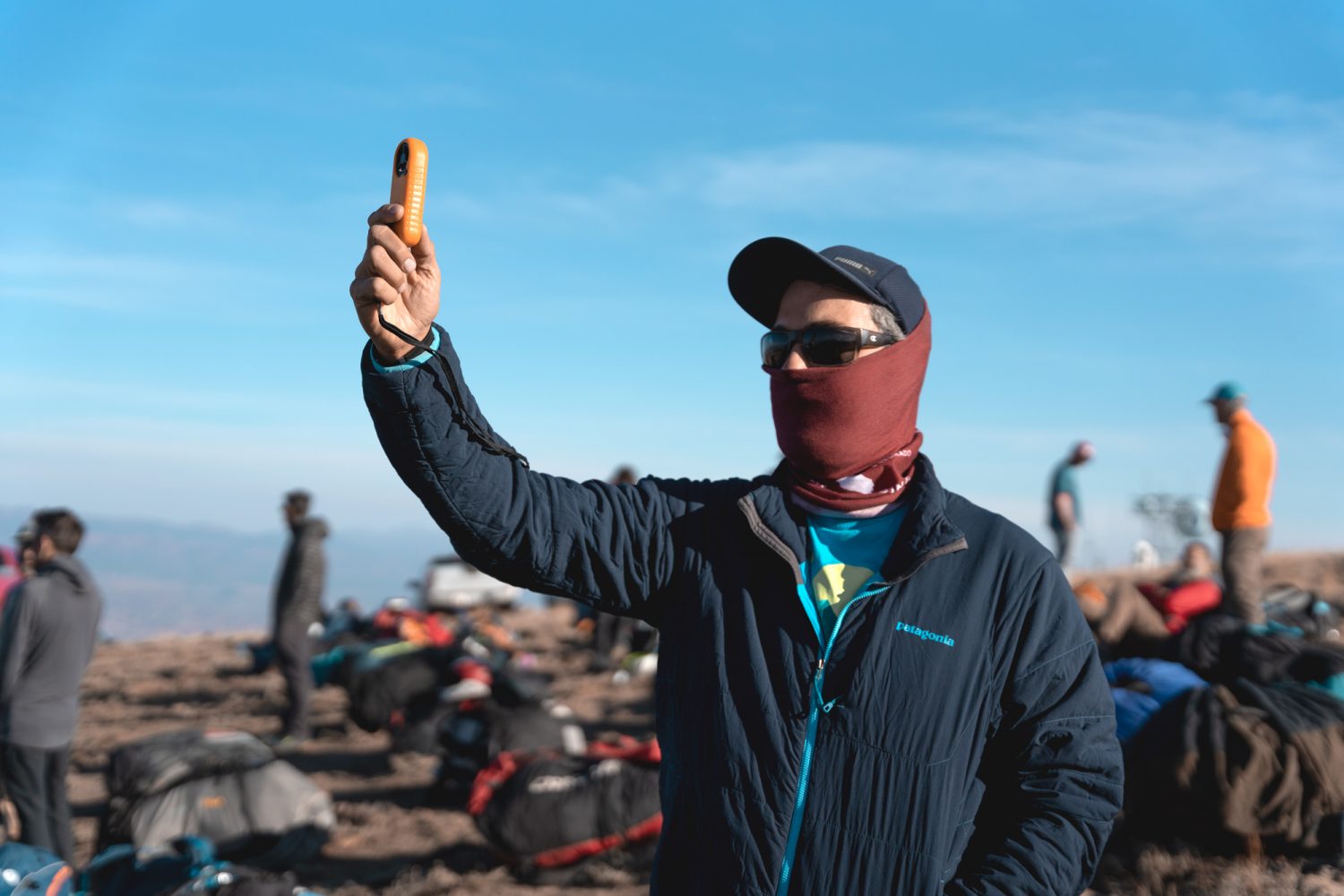
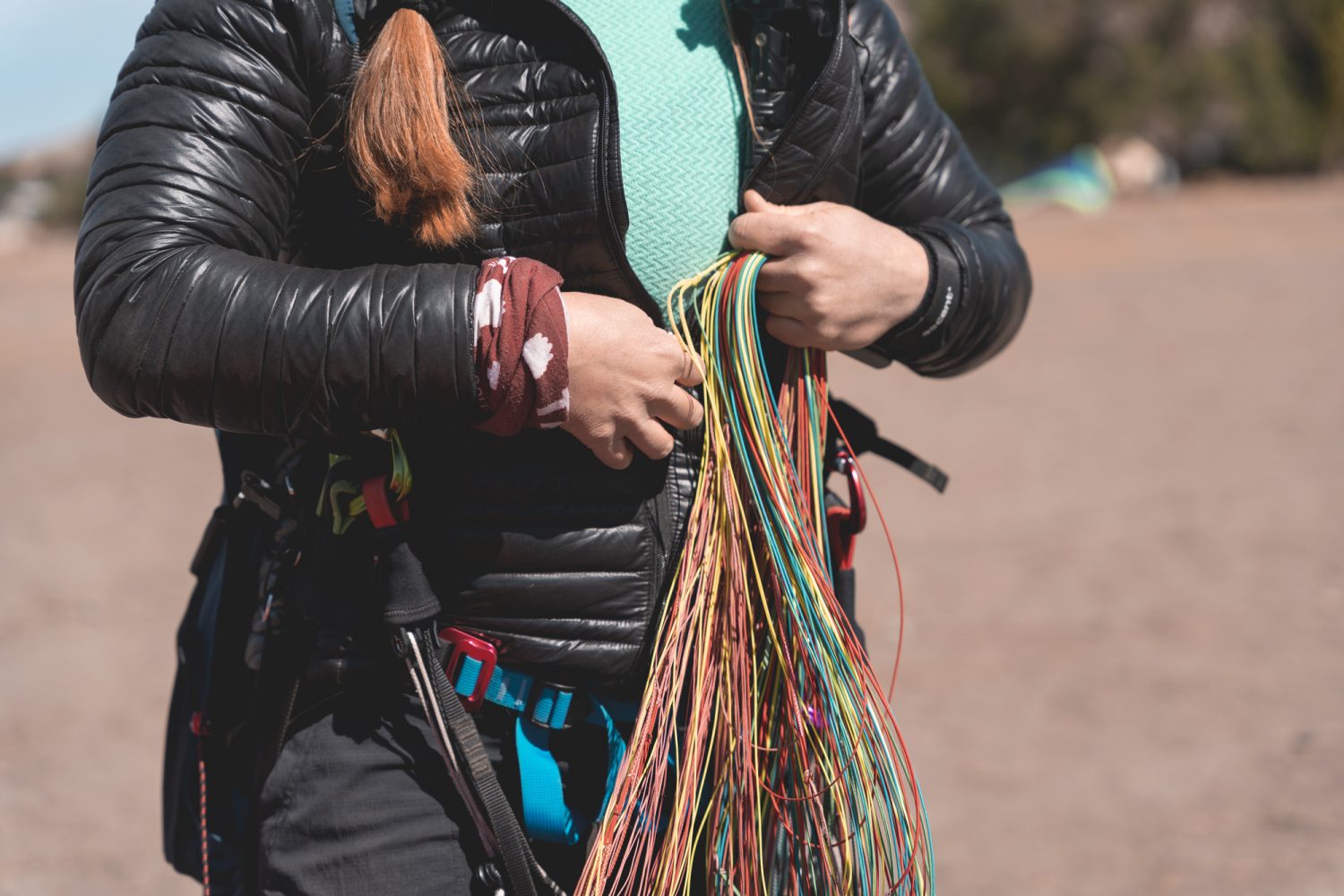

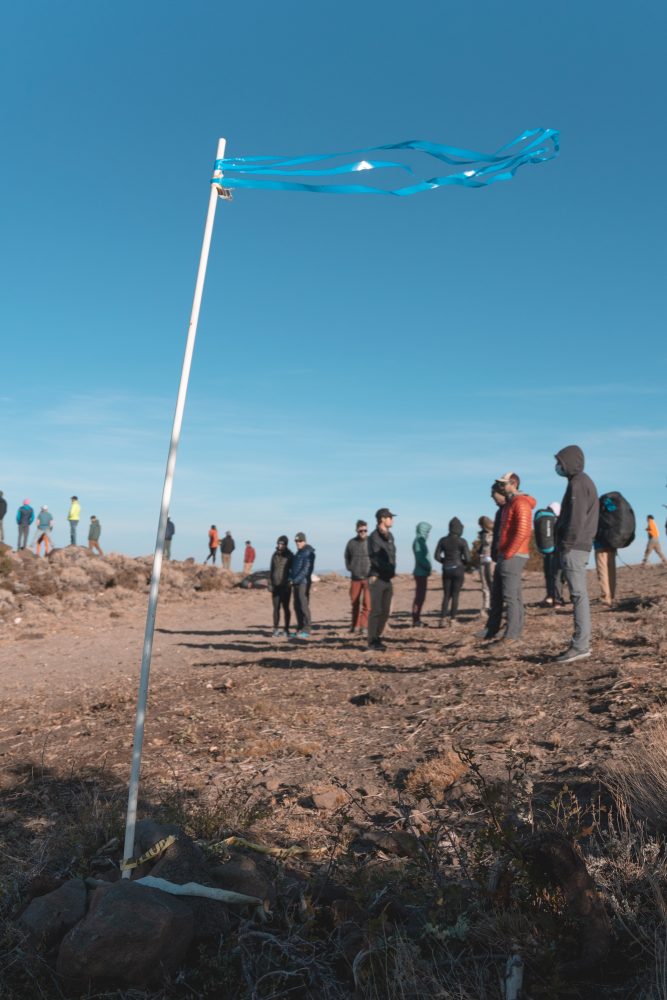

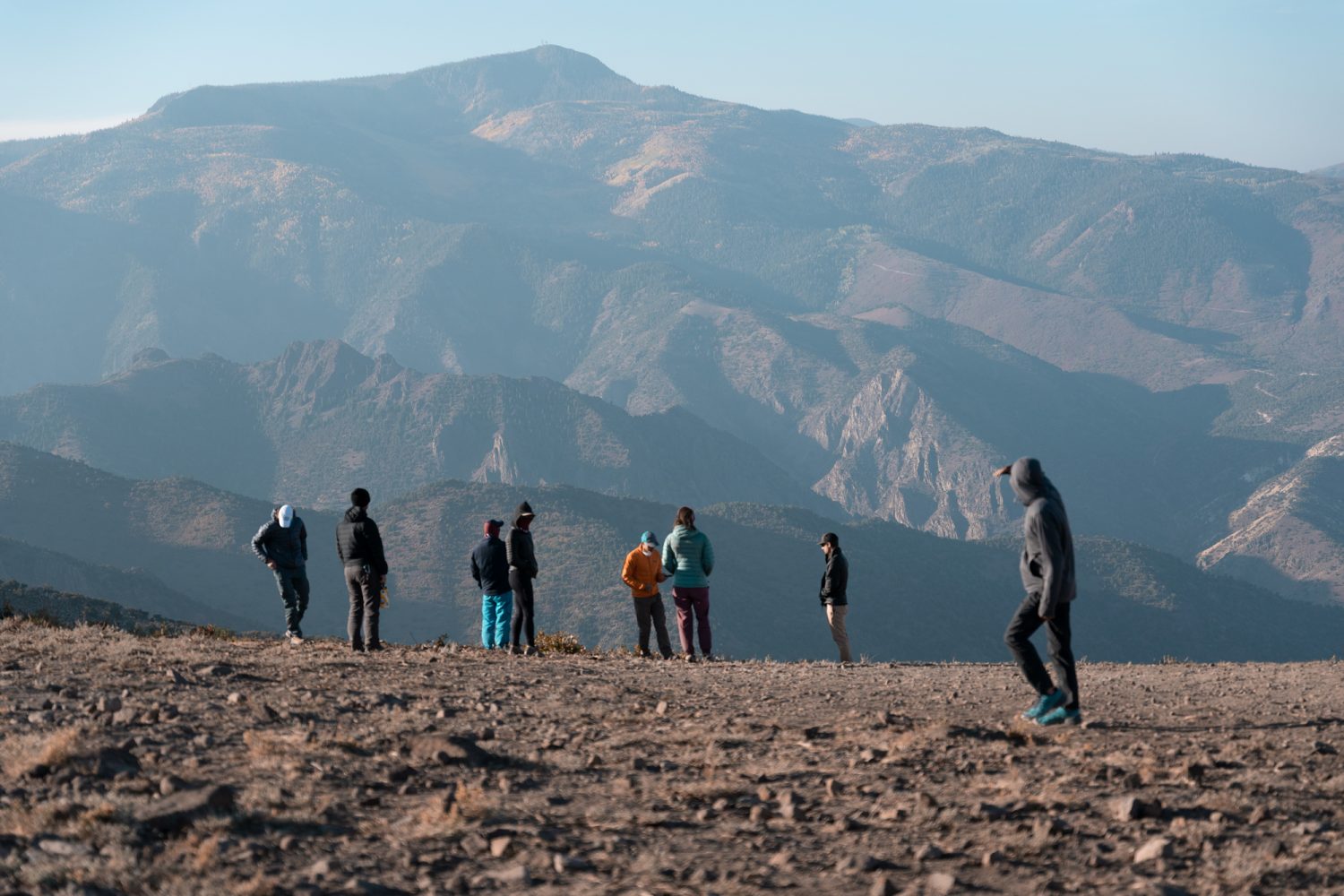
Many factors must be assessed: wind speed, wind direction, thermal strength, and, of course, the forecast for the day. If we decide it’s safe to fly, we take our places, lean into the wind, and inflate our wings.
